Category: Northumberland
-

Midilest Middleton
En route to Edinburgh, I found myself in need of a leg stretch. Upon consulting my map, the name ‘Middleton Old Town‘ leapt forth in an intriguing Gothic script. Without hesitation, I decided to explore. The remains of this medieval hamlet straddle the Coldgate Water, with the stream and a sunken path dividing it into…
-
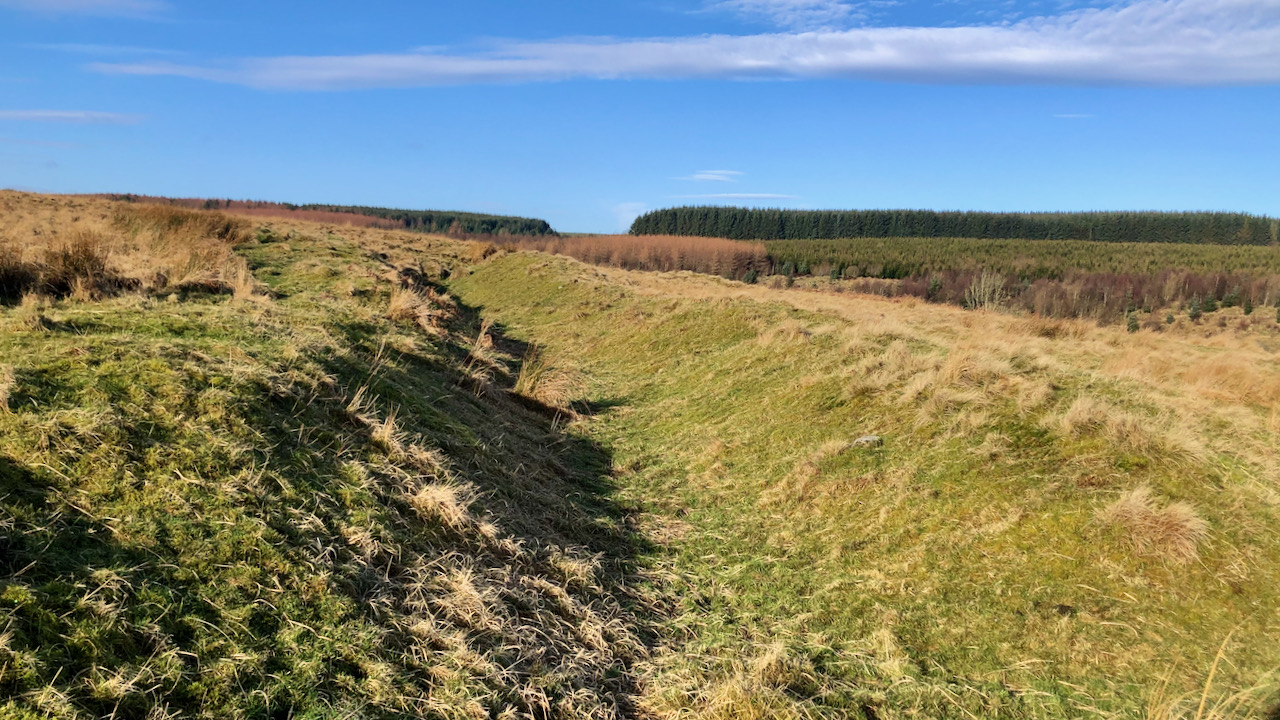
Connections: A Hidden Iron Age Gem to Trevelyan’s Controversial Past
According to the National Trust’s heritage records, this conspicuous feature is termed a “small univallate earthwork.” ‘Univallate’ is just a fancy way of saying it’s got one raised edge encircling a ditch. Usually, that word is usually associated with hillforts, but here, the lack of any visible signs of habitation inside points more towards a…
-
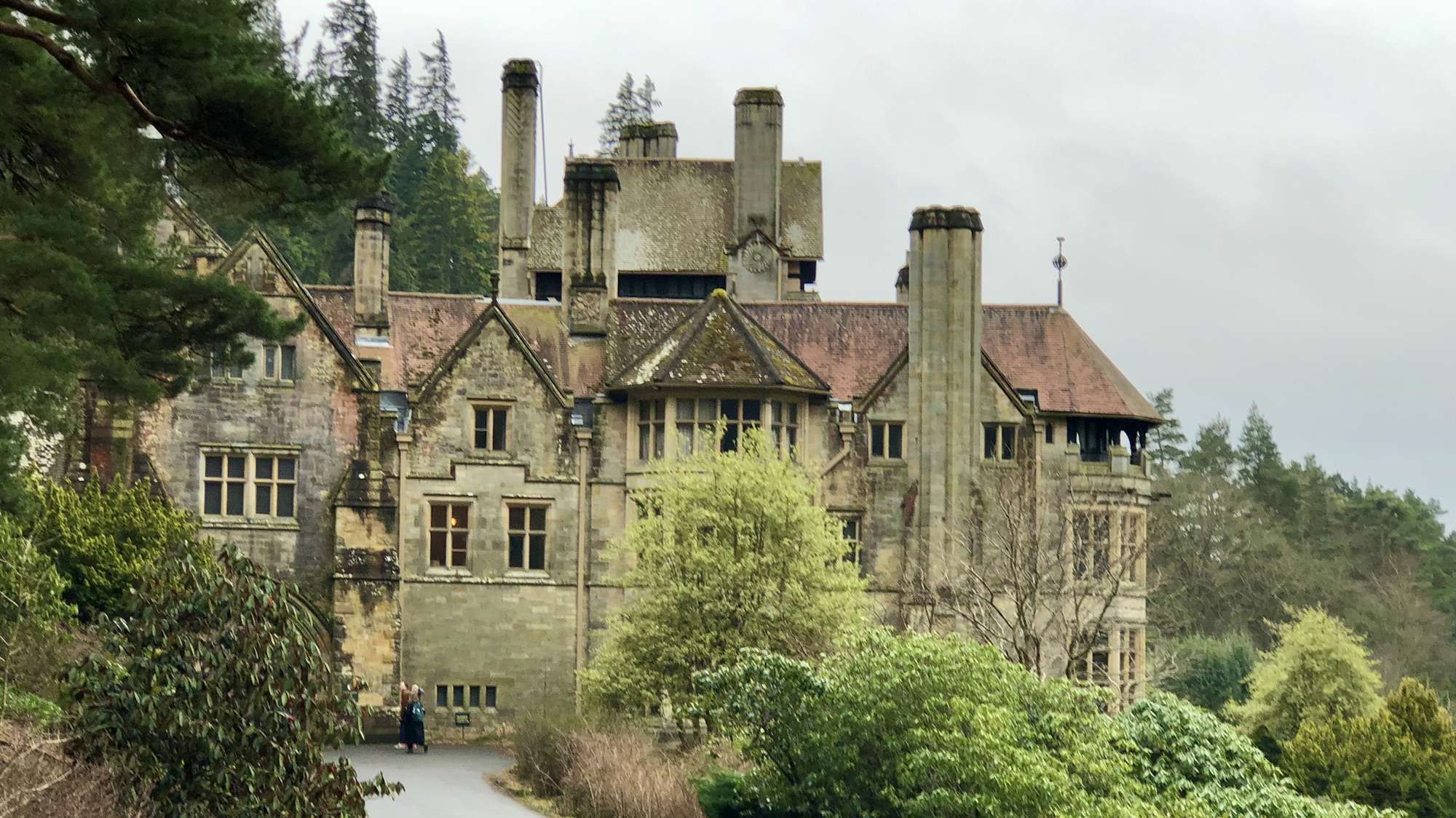
Cragside
Exploring the National Trust’s Cragside near Rothbury. Lovely historic property, well maintained but a feeling of being corralled and cosseted — not an adventure.
-
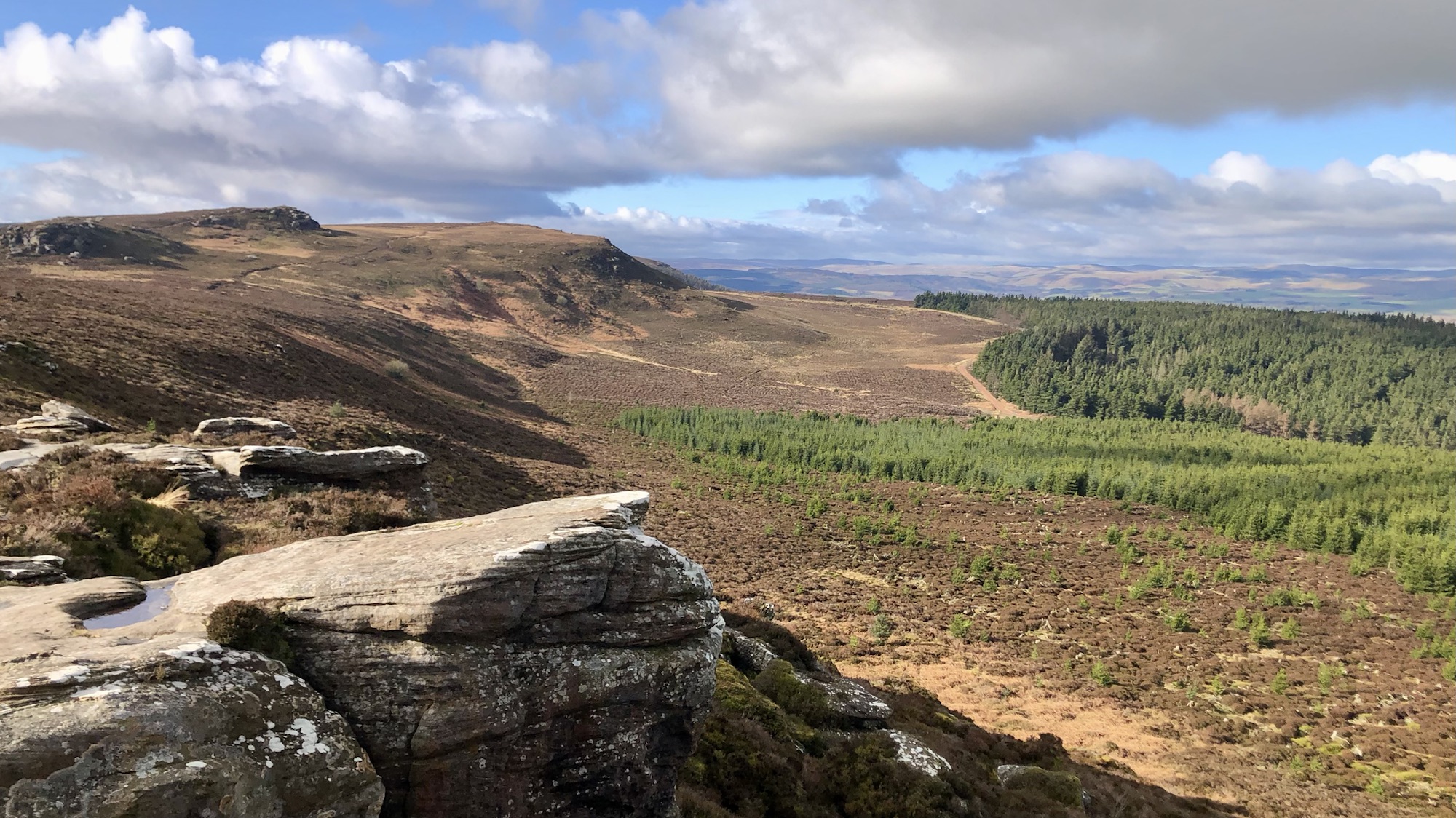
On the Simonside hills
On the Simonside hills. South of Rothbury in Northumberland lies a fine set of hills, especially when the weather behaves. In local tales, there’s this mythical creature dwelling in these hills. They call it a ‘deaugar’ (Norse for ‘dwarf’). Supposedly, it tricks folks at night with its lantern glow, leading them straight into bogs or…
-
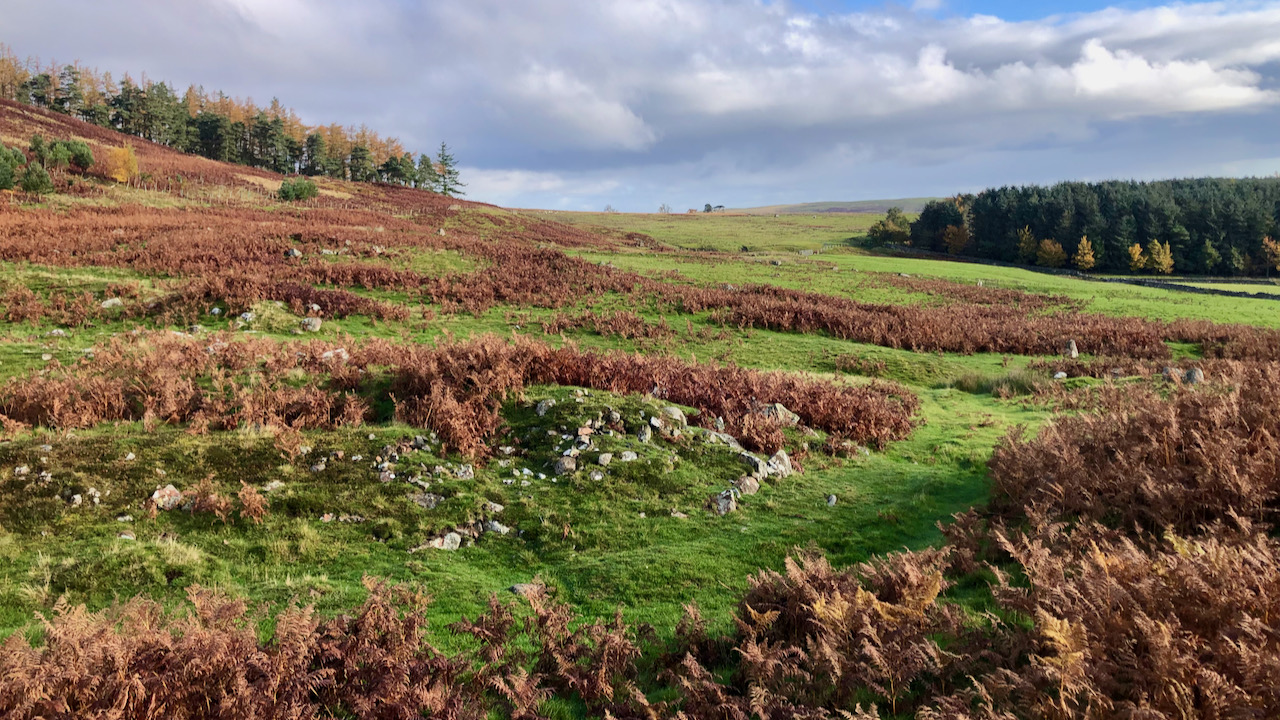
From fields to forts — Greaves Ash’s role in Roman Britain
I see some squiggly lines on the map, paired with fancy Gothic writing, and I just can’t resist taking a look. And more often than not, it turns up a gem. This is Greaves Ash, close to Linhope, high up in the Breamish Valley. Turns out, it is a big Romano-British settlement, with the obvious…
-
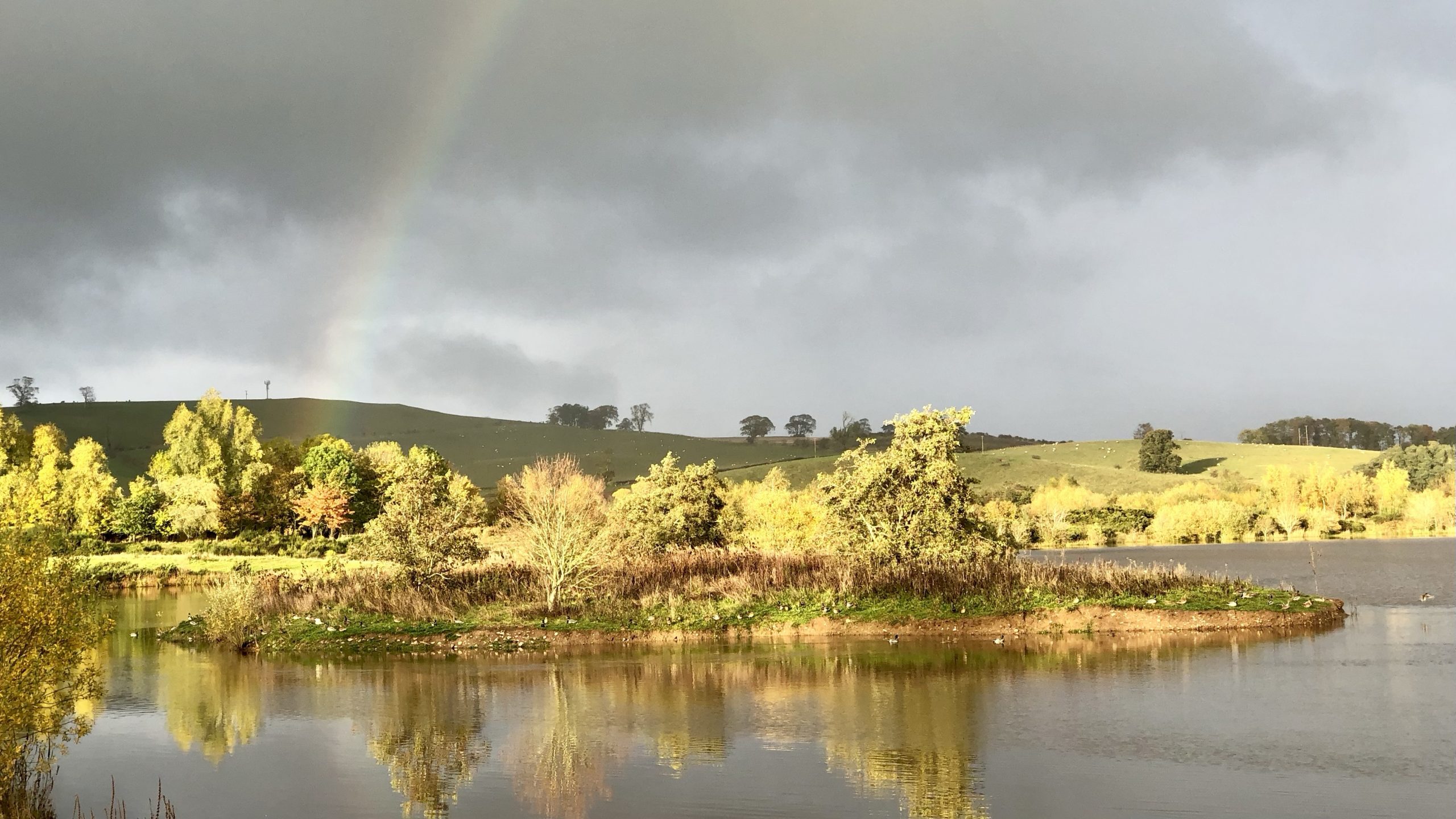
Autumnal Reverie at Branton Lakes
Strolling around the Breamish valley in Northumberland after days of relentless rain, one simply cannot ignore the fact that autumn’s colours have hit their peak. Just a few days back, they seemed rather withered, but the rain has injected vibrant life into the dying leaves, rejuvenating them quite remarkably. About a week ago, prior to…
-
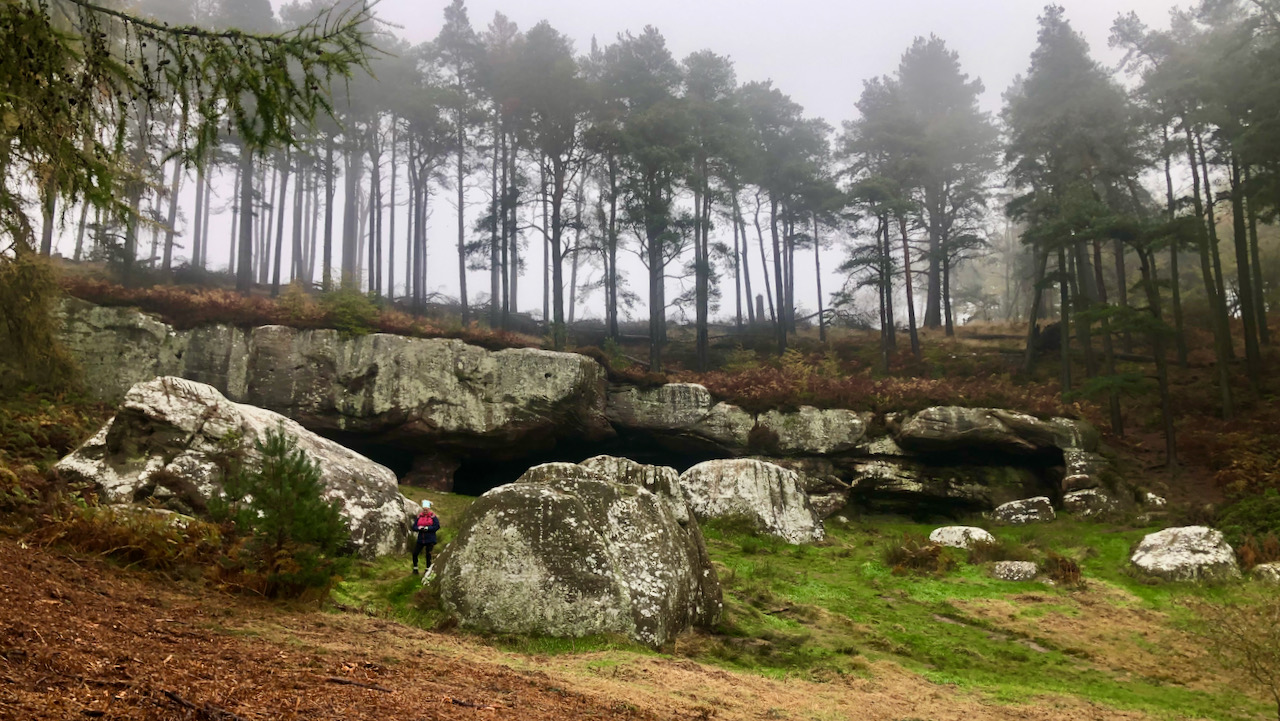
St. Cuthbert’s Cave
A pit stop to stretch our legs during the lengthy journey up to Edinburgh. St. Cuthbert’s Cave, a property owned by the National Trust in the Kyloe Hills, earned its name thanks to a group of monks back in 875. Fearing the looming arrival of the Great Heathen Army, they fled from Lindisfarne Abbey with…
-
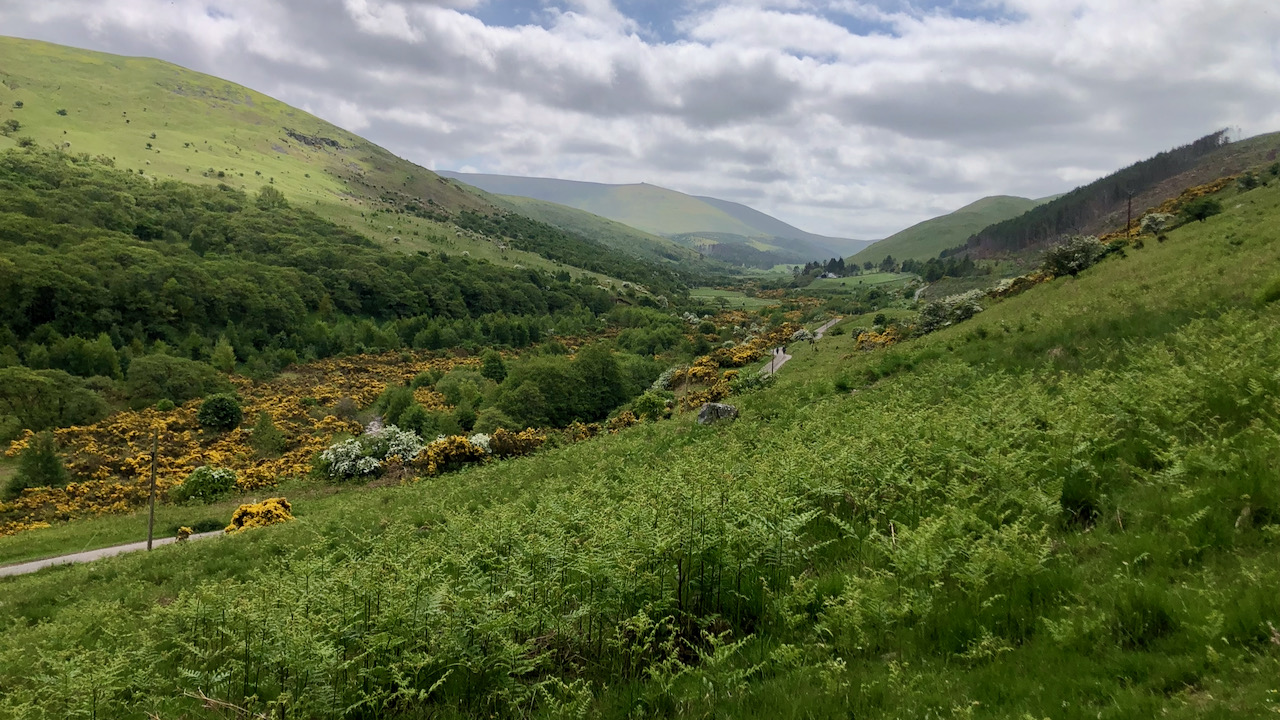
The College Valley
We have found that the College Valley is a convenient stopping off point on the journey north. It can be found in the northern part of Northumberland National Park, bordering the wild and beautiful Cheviot Hills. It covers an expansive area of approximately 12,000 acres but is privately owned.
-
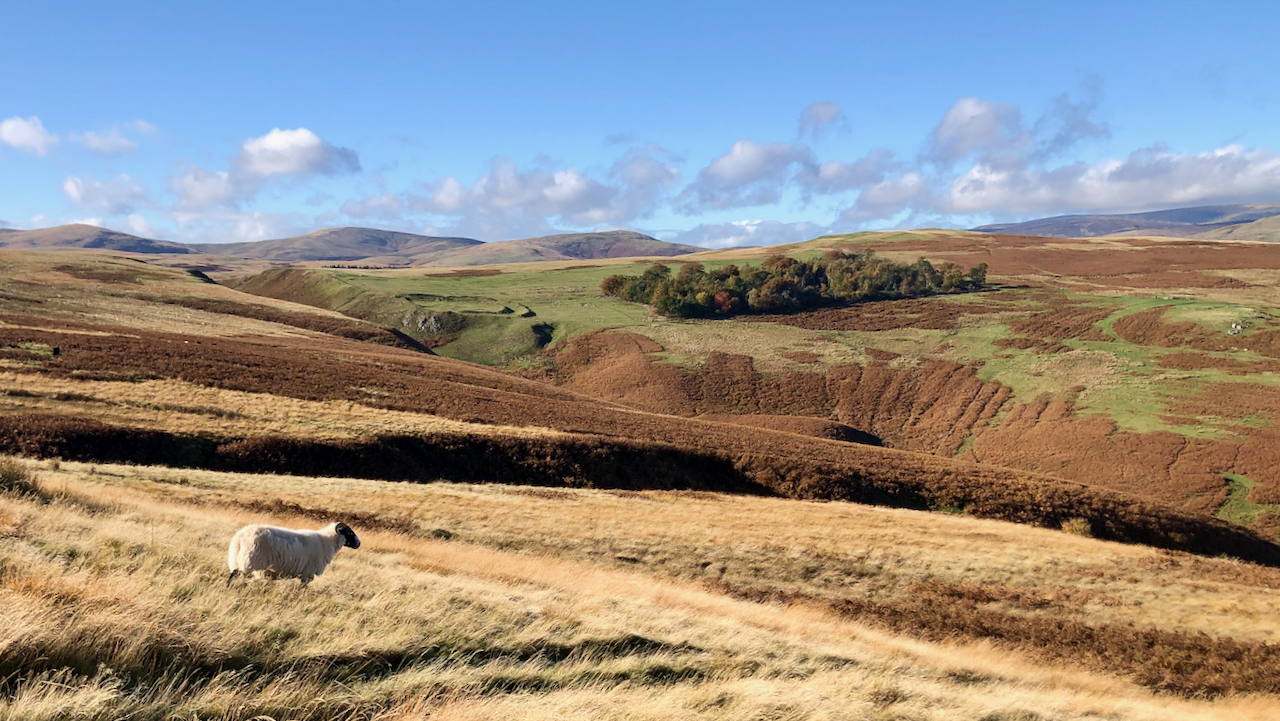
Middledean Camp
Viewed from across the precipitous Middledean Burn, the double earthbanks of the Iron Age fort known as Middledean Camp stands out against the smooth rounded hills of Breamish Valley in the Cheviots. Double earthworks such as this are termed ‘bivallate’. Promontary hillforts are those which are defended by steep slopes on 2 or 3 sides.…
-
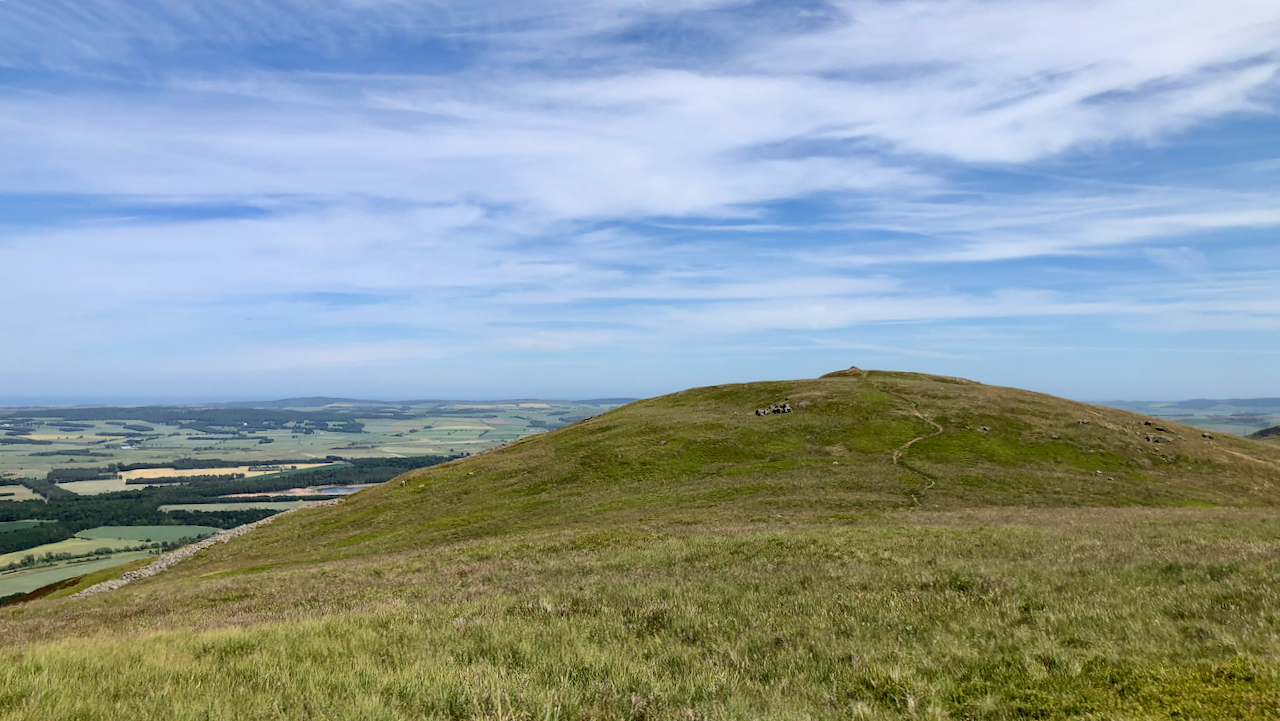
Yeavering Bell
I must admit I was a bit disappointed. The largest Iron Age Fort in Northumberland, occupying 12 acres of a twin topped, 361m. The most interesting are the remains of the perimeter stone rampart. Within it, archaeologists believe there were 100 timber-built roundhouses or other buildings and an inner fort excavated out of the rock.…